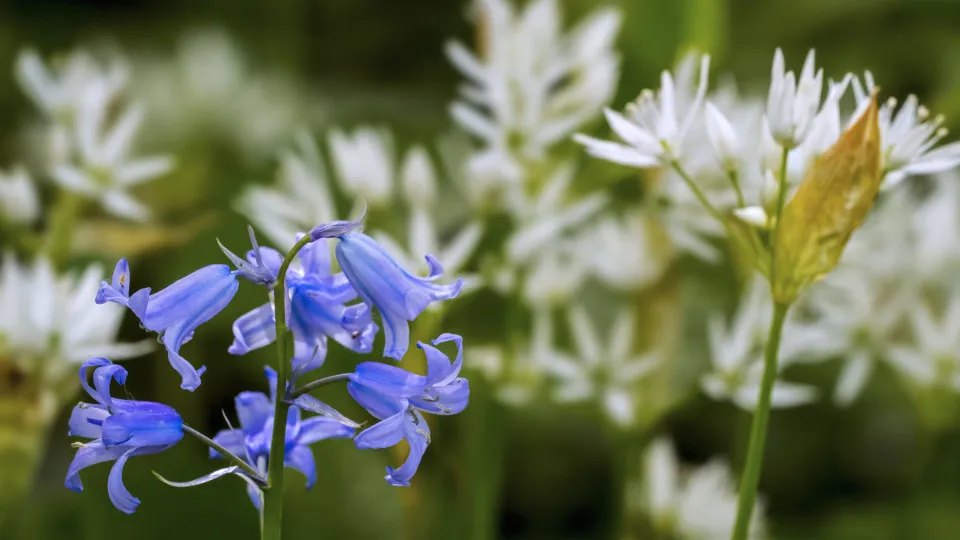The color blue has remained both elusive and mesmerizing to civilization for thousands of years, and has fascinated scientists, artists, and dreamers alike. Not only is it the nickname for our planet, but a survey also found that the world’s most popular color is blue. It is a shade that carries connotations of calm, depth, and endless skies. But while our oceans and skies are blue, the color is actually a rare occurrence. So rare, in fact, that the word “blue” was a relative latecomer in languages around the world. Indeed, it only appeared after the words for red, yellow, black, and white.
Color has significant meaning around the world, yet in the natural kingdom, true blue is nearly impossible to find. What makes this color so exceptional and rare? And how has nature learned to create it? Click through this gallery to find out.



